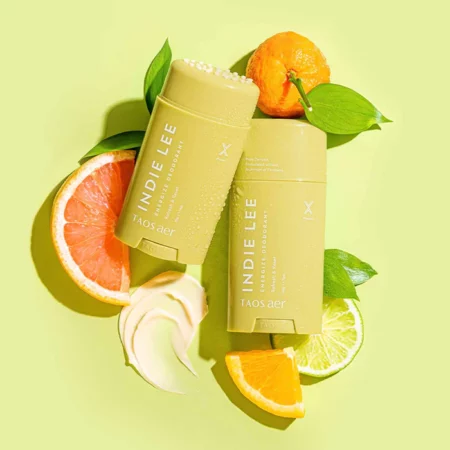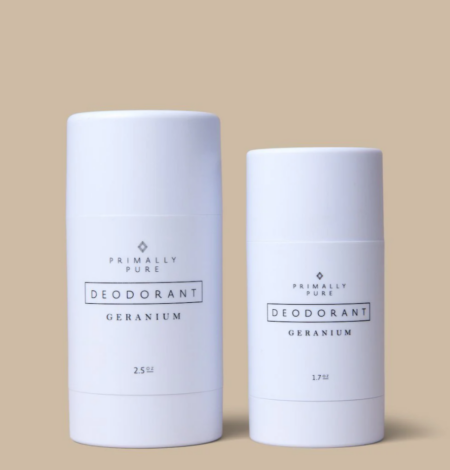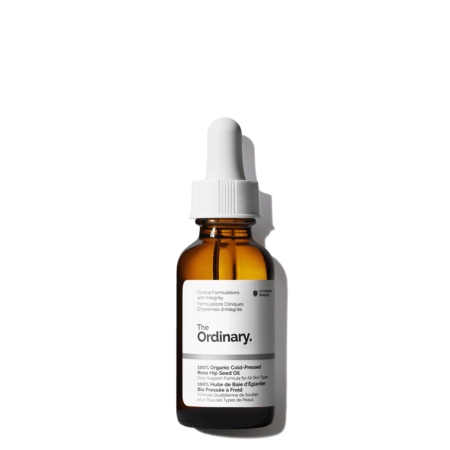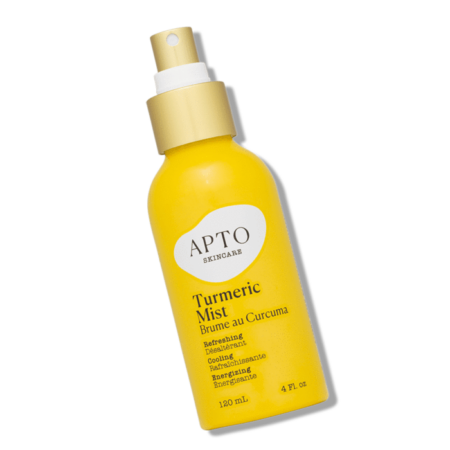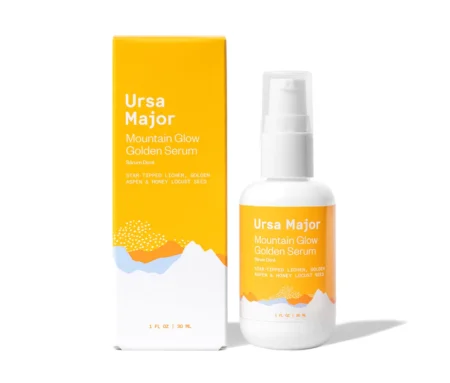Chemicals to avoid during pregnancy and conception: A naturopathic doctor’s guide
Navigating the preconception and pregnancy stages can be an exciting journey, yet may also be tinged with the natural worries about how best to care for your health and the well-being of your future baby.
Understanding that exposure to environmental toxins can have a significant impact on fertility for both men and women—as well as the health of a growing fetus—can add another layer of concern. As a naturopathic hormone and fertility doctor, I’ve witnessed firsthand how these toxins can influence these critical life stages.
But don’t let worry overshadow the joy and wonder of this time in your life. Knowledge is not just power—it’s the means to create a healthier, happier future for you and your family. I’m sharing actionable insights on why you should be aware of environmental toxins, which specific chemicals to keep at bay while trying to conceive or during pregnancy, and practical tips for not just surviving but thriving during this transformative period.
Why are environmental toxins a concern?
Environmental toxins can behave as endocrine disrupting chemicals (EDCs), which interfere with our hormonal systems. Such disruptions can impair ovulation in females and the sperm-producing hormone testosterone in males.
Research has shown that the ripple effect of these disruptions can lead to fertility challenges, miscarriages, premature deliveries and low birth weights. But their impact doesn’t end there; they may also affect the baby’s development in utero and beyond, including their reproductive and neurological systems.
A notable example is phthalates, common in fragranced products and soft plastics. As anti-androgenic substances, they diminish testosterone, which directly affects male fertility. Shockingly, male infants exposed to phthalates in utero can face reproductive development issues, which might lead to long-term fertility problems in adulthood. Given the ubiquity of products containing such toxins, the rising infertility rate in men becomes less surprising—and more alarming.
Polycystic ovary syndrome (PCOS), the leading cause of infertility in women, is increasingly linked to toxin exposure. Affecting 6% to 12% of women of reproductive age in the US, researchers are delving deeper into the potential connection between toxins and the syndrome’s development. “Prenatal exposure to EDCs… may contribute to altered fetal programming leading to PCOS and other adverse health effects,” write the authors of one paper. The consensus points to the timing of exposure, with prenatal, infant and childhood phases being the most vulnerable.
Furthermore, environmental toxins can instigate oxidative damage to cells, damaging critical DNA and other cellular components. This damage can impact the quality of both eggs and sperm, affecting fertility but also the development of the fetus during pregnancy.
Specific chemicals to avoid when trying to conceive or pregnant
To promote optimal fertility, a healthy pregnancy, and to protect the next generation’s health, be cautious of the following chemicals.
Phthalates
Phthalates are major hormone disruptors and may negatively affect the reproductive development of male babies during pregnancy, as well as potentially affecting neurodevelopment. Phthalates are often found in synthetically fragranced products and soft plastics, like shower curtains.
blogherads.adq.push(function(){
blogherads.defineSlot(‘flexrec’, ‘ad_div_in_body_2’).setTargeting(‘targetingKey’,
‘targetingValue’).display();
});
How to avoid phthalates
- Skip products listing “fragrance” or “parfum” as an ingredient
- Steer clear of air fresheners, scented plug-ins, and fragrant trash bags
- Opt for fragrance-free laundry and cleaning supplies
- Choose unscented personal care items like shampoo, conditioner, body wash and deodorant
- Replace plastic shower curtains with hemp or cotton alternatives
Fragrance/parfum
Fragrance is considered a “trade secret” in the products industry, so companies do not have to disclose what is in their products under that label. The “fragrance” or “parfum” term can mask chemicals such as phthalates as well as many others. Note also that synthetic fragrances can contain a mixture of various chemicals.
How to avoid fragrance/parfum
- Follow similar guidelines as for avoiding phthalates
- Skip products with any scent unless they use 100% essential oils
- Be cautious: Some companies claim to use essential oils but also include synthetic fragrances
- If the ingredient list includes “fragrance” or “parfum,” look for an alternative product
BPA and BPA derivatives
Bisphenol-A and its derivatives are commonly found in rigid plastic containers, dental fillings, linings of canned foods and paper receipts. BPA-free plastic is often just as toxic, containing BPS or other BPA alternatives that cause as much harm: BPA may negatively impact both male and female fertility, including potential ovarian follicular loss in women.
How to avoid BPA and BPA derivatives
- Choose glass or stainless steel water bottles and food storage containers
- Limit or avoid drinking or eating out of or on plastic containers or dishes
- Avoid heating any food or drinks in plastic
- Consider bringing your stainless steel or glass to-go ware when out to eat for leftovers
- Buy dried food or food in glass jars rather than cans (such as tomatoes and beans) whenever possible
- Opt for a digital receipt and avoid handling paper receipts as much as possible
- Practice good dental hygiene to avoid cavities and the need for excessive fillings
Triclosan
Often found in antibacterial soaps, certain kinds of toothpaste, and other personal care products, some studies have shown this chemical may impact female fertility, including disrupting ovarian function, male fertility, and male reproductive development.
How to avoid triclosan
- Avoid products where triclosan appears in the ingredients label
- Skip antibacterial soaps; which are no more effective than regular soap and water
Parabens
Parabens are commonly used as preservatives in cosmetics, personal care items and processed foods. Like phthalates, parabens are endocrine disruptors and anti-androgenic, leading to potential issues with reproductive development.
How to avoid parabens
- Read labels and avoid any ingredient with the word paraben in it, such as:
- Methylparaben
- Propylparaben
- Isopropylparaben
- Isobutylparaben
- Butylparaben
- Sodium butylparaben
- Look for “paraben-free” products
- Search for safer products on apps such as Environmental Working Group’s Healthy Living App or the Think Dirty App
PFAS
These “forever chemicals” are commonly found in non-stick cookware, waterproof items, and stain-resistant clothes and furniture. Prenatal PFAS exposure has been shown to affect male reproductive health and fertility.
How to avoid PFAS
- Avoid non-stick cookware, especially if it has teflon or other PFAS coatings
- Opt for glass, stainless steel, non-toxic ceramic or cast iron cooking options
- Avoid stain-resistant clothing and furniture, such as couches that claim you can spill a glass of wine on it and it just runs off
- Limit waterproof items, choosing only those that are essential
Related: A nutritionist’s guide to the best foods for pregnancy, from the early days to the third trimester
VOCs in paints and stains
Volatile organic compounds (VOCs) are in most paints and stains. Significant exposure to VOCs during pregnancy may restrict fetal growth and cause adverse outcomes with regard to neurobehavioral development.
How to avoid VOCs
- Avoid applying new paint or stains while trying to conceive or pregnant
- If painting must happen, such as in a nursery, choose zero VOC options and let it off-gas for a few days or weeks before consistent exposure
Formaldehyde, VOCs and flame retardants in new furniture
Purchasing new furniture (especially for the nursery), is common during pregnancy. Formaldehyde and VOCs are often found in items with manufactured wood, often called MDF (medium-density fiberboard) or engineered wood. The chemicals are in the glue that binds the wood dust and chips together to make the “wood.” Flame retardants are often sprayed on upholstered furniture like couches and chairs, curtains, cars, and sometimes clothes.
Formaldehyde has been shown to cause numerous developmental issues and contribute to adverse pregnancy outcomes, including preterm birth. A review study also shows that flame retardants may affect neurodevelopment.
How to avoid formaldehyde, VOCs and flame retardants
- Choose solid hardwood furniture whenever possible, or buy second-hand
- Choose Green-Guard Gold Certified and other low-tox certifications for furniture
- If purchasing newly manufactured furniture, let the item off-gas away from you in a garage or well-ventilated room for a few weeks or months before exposure to it while trying to conceive or pregnant
- Choose upholstered furniture that doesn’t contain flame retardant
- Choose textile items that are OEKO-Tex 100 certified whenever possible
Herbicides and pesticides
Herbicides and pesticides are often found in higher amounts in non-organic food, including produce, meats and processed foods. They may also be sprayed on golf courses, parks, common areas, and farms. In high doses, pesticide exposure may contribute to neurodevelopmental disorders, altered immune function and adverse reproductive effects.
How to avoid herbicides and pesticides
- Choose organic foods whenever possible to lower your burden (some organic farming uses organic herbicides and pesticides, but these are often less harmful). EWG’s Clean 15 and Dirty Dozen lists are a helpful starting point
- Avoid spraying herbicides and pesticides in your yard
- Wear shoes or sit on blankets at parks, golf courses, or common grounds
- Get a robust water filter for your home, especially if you live near a farm
A note on avoiding chemicals when trying to conceive or pregnant
Understanding that the world around us is filled with environmental toxins can be overwhelming, especially when you’re on the journey to bring a new life into the world. But it’s essential to acknowledge that you can’t control every aspect of your environment. Instead of getting disheartened by factors outside your control, it can feel productive to focus on the things you can change, even if it means taking small, intentional steps. Celebrate each positive choice you make, knowing it’s a step toward a healthier future for you and your child.
A few of our favorite toxin-free products that are safe for pregnancy
blogherads.adq.push(function(){
blogherads.defineSlot(‘flexrec’, ‘ad_div_in_body_1’).setTargeting(‘targetingKey’,
‘targetingValue’).display();
});

